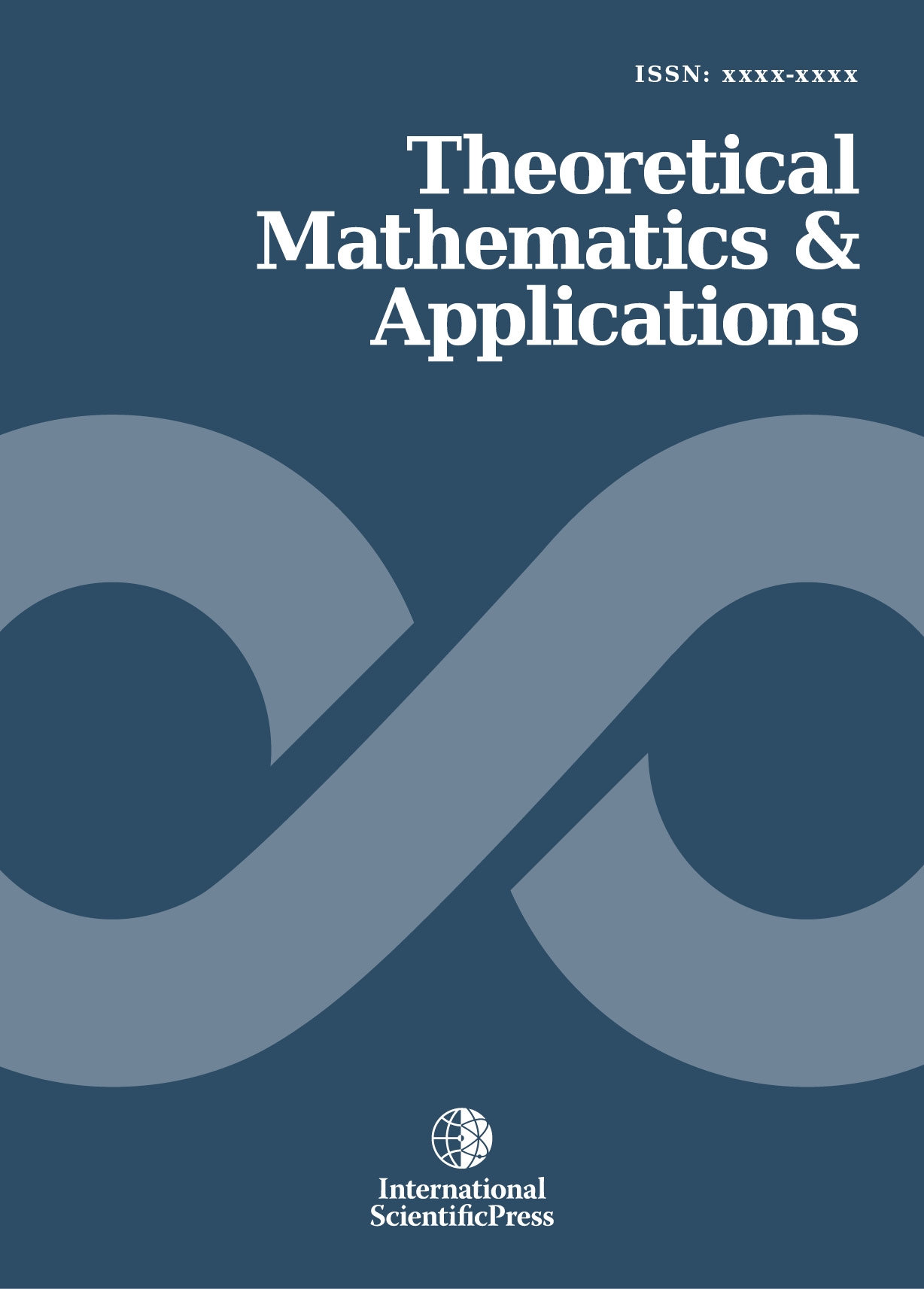Theoretical Mathematics & Applications
Using influence function for lag truncation in unit root tests
-
 [ Download ]
[ Download ]
- Times downloaded: 11164
-
Abstract
This paper examined the application of influence function as a criterion for lag truncation in unit root tests. Lag selection in unit root tests has been dominated by standard information criteria and application of influence function as a means of determining truncation lag parameter for unit root tests is a new innovation within the context of augmented Dickey-Fuller (ADF) family of unit root tests and generalized least squares Dickey-Fuller (DF-GLS) test. Influence functions were generated for different lag-lengths and the choice of optimal lag-length was based on the particular lag with the largest influence. This methodology uses autocorrelation of time series data to identify the most influential lag among a set of possible truncation lags which is designated as optimal lag for the purpose of lag truncation in unit root tests. We demonstrated that influence function criterion out-performed the standard information in choosing appropriate lag structure for the unit root tests.
